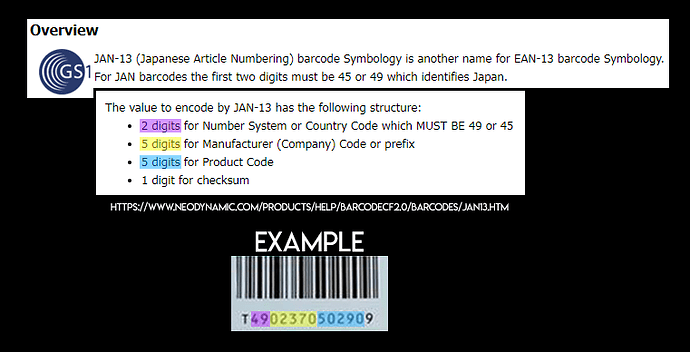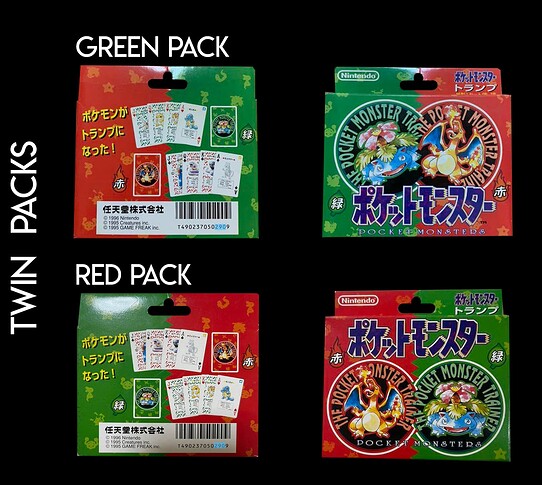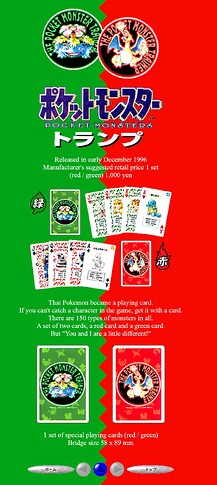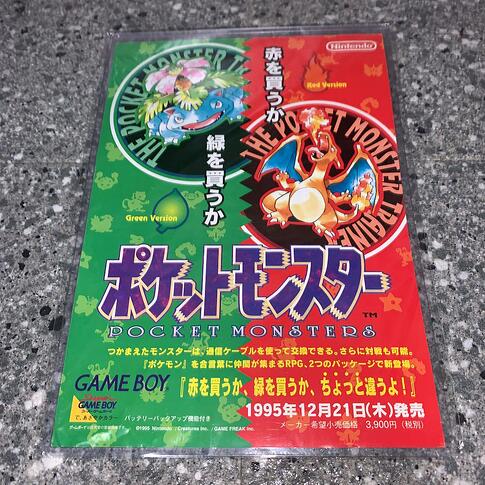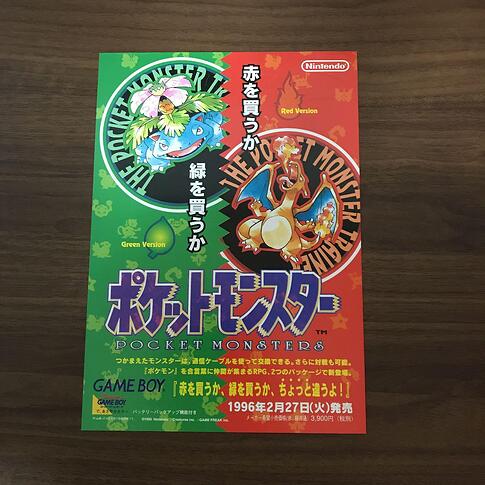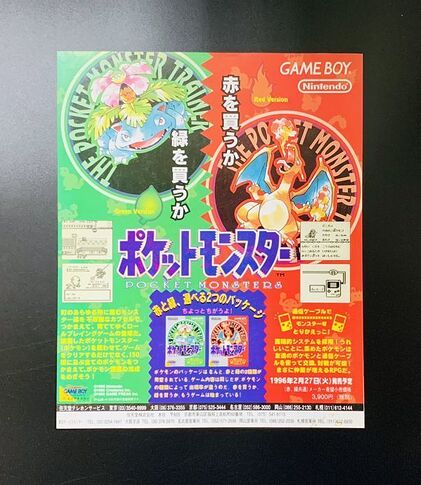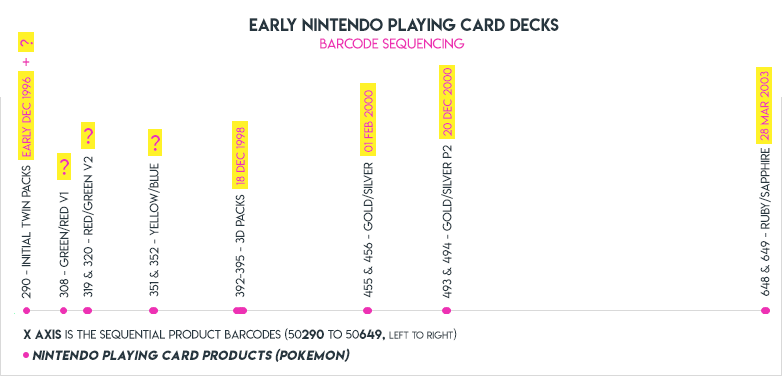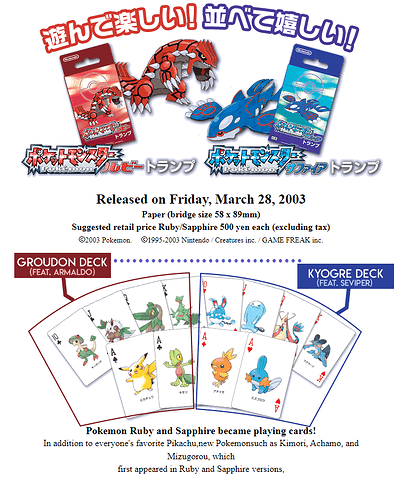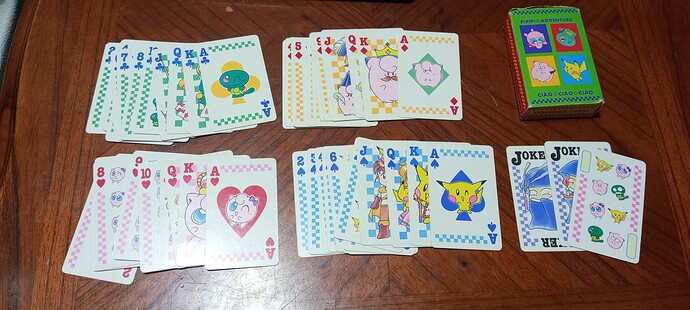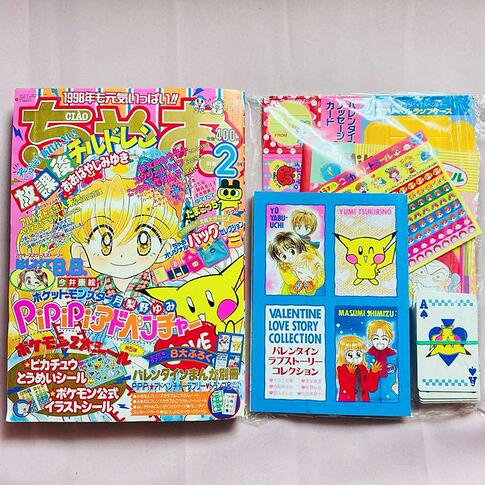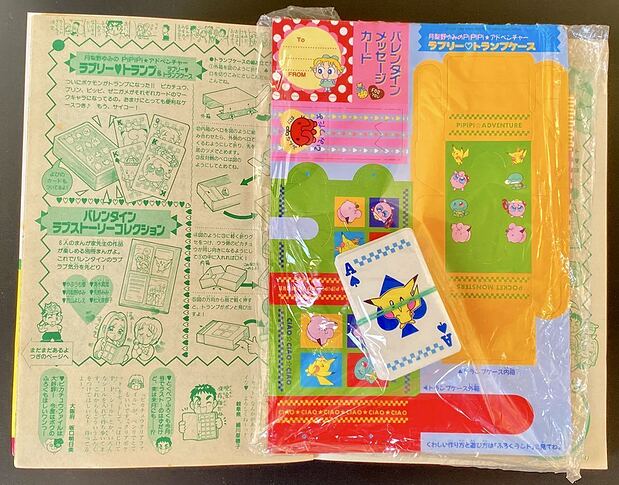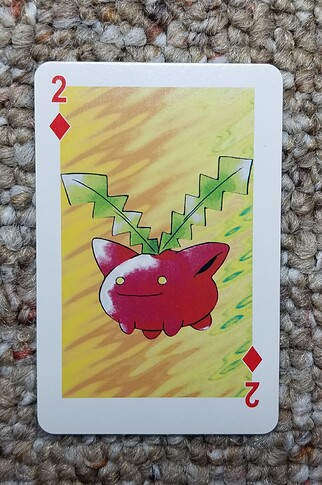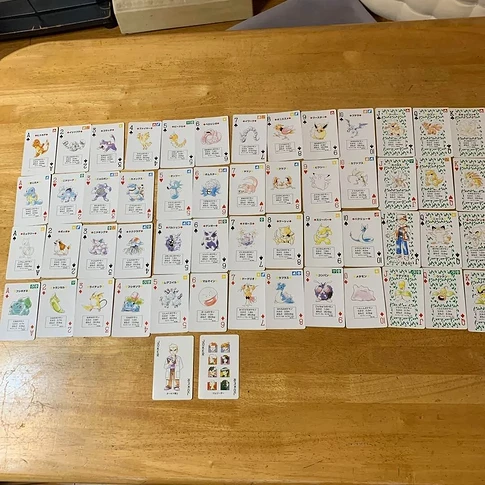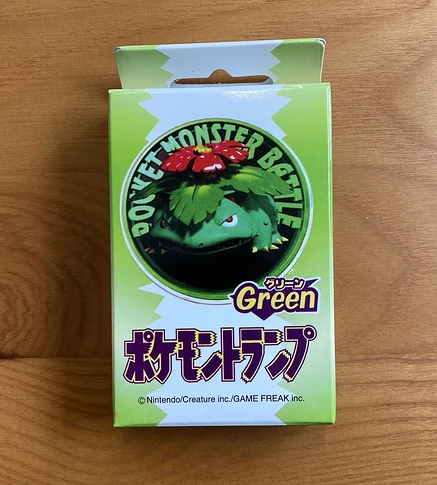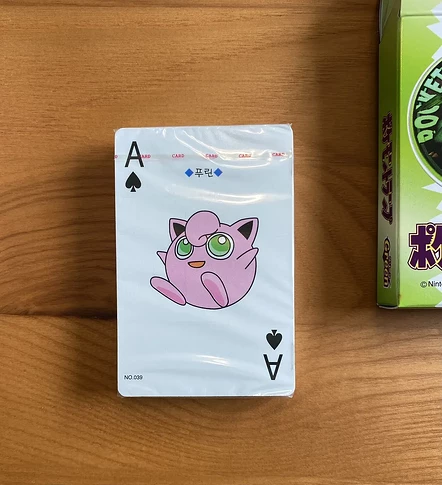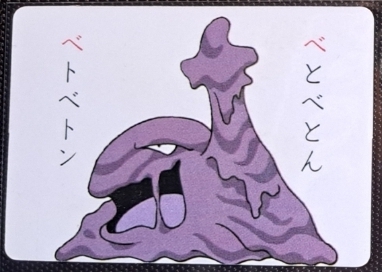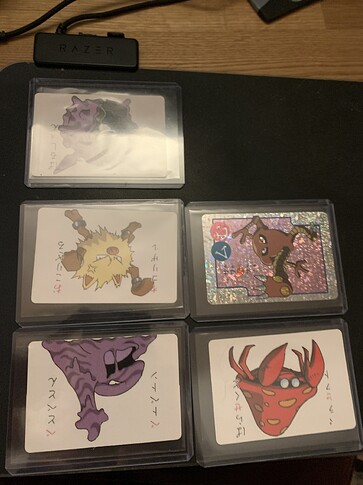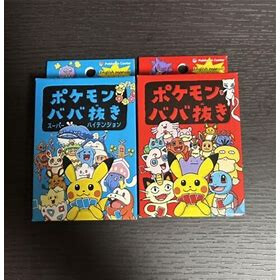Alright, I finally had some time this afternoon to put together my discussion points:
While most of the packs and decks have known release dates, some of the early Nintendo Playing Card decks either have none recorded publicly or their releases are considered to be an extension of an existing release. I was curious and attempted to view unknown release dates through the lens of context in hopes of narrowing down dates.
But before we go into that, let’s start by learning about the Japanese barcodes before becoming acquainted with the products.
I didn’t know much about barcode functionality, so I looked it up and came across a webpage which has the following breakdown, which is helpful.
I often refer to most products by the last 3 digits of their Product Code, I do this instead of the full five as the first two digits are the same across all products within those we are discussing. But let’s move on to the products.
Twin Packs
First, we have the twin packs. As far as I am aware, there are two twin pack releases, which I have called the “Green Packs” and the “Red Packs”.
The Green Twin Packs have the Pokemon (Venusaur & Charizard) rotated away from each other on the front, and the coloured background halves on the front design appear green to red from left to right. The front design is more tightly compacted, and the energy symbols are in the lower half. The coloured sides show red to green on the reverse side, and the packs on the reverse side show cards from the green deck at the top and red at the bottom.
The Red Twin Packs have the Pokemon (Charizard & Venusaur) sitting flat and in the upright position on the front, and the coloured background halves on the front design appear red to green from left to right. The front design has improved spacing, and the energy symbols are in the upper half. The coloured sides appear green to red on the reverse side, and the decks on the reverse side show cards from the red deck at the top and green at the bottom.
Both twin packs share the same barcode number, but which came first - the Green Pack or the Red Pack? To be honest, I am not certain, but these are the reasons I think the Green Packs might have come first:
The official webpage had green shown first (background image [green to red], banner [same order], card placement matches the reverse side of the Green Packs)
The Game Boy game advertisements showed green first and displayed the rotated Pokemon design.
And if you are wondering which of the two packs has the most out in the wild. The answer is the Green Packs.
Single Packs
Next, we move onto the single deck format.
308 Decks (Red & Green) V1
I refer to the first of these as the 308 decks (from their barcode). They are the first known single decks of Red and Green. Both of these decks (308 red and 308 green) share the same barcode number. 308 decks feature the classic simple artwork and design, which is in harmony with the twin packs. Green displays Venusaur, and Red displays Charizard. After this point, all decks are individually barcoded.
319 & 320 Decks (Red & Green) V2
Next, we have the 319 and 320 decks, which feature Charizard and Venusaur. 319 and 320 feature updated designs. The Pokemon silhouettes floating around the Pokemon have been replaced with full-colour images of the Pokemon, and each main Pokemon on the front appears much larger. They contain solid colour behind the title, and by removing the silhouettes on the reverse side, the design was simplified.
351 & 352 Decks (Yellow & Blue)
Moving on, we have decks 351 and 352, which are in the same design style as 319 and 320 (version 2 of Red and Green single decks). These are considered continuations and were advertised as new additions.
To my knowledge, there isn’t anything in the remaining decks that isn’t straightforward. We also know their release dates so I won’t describe the decks, but you can view them in the image above.
Let’s move on to the interesting research regarding release dates.
The following is a list of the known release dates:
Meaning the early packs through to Ruby/Sapphire.
The Twin Packs:
The release date of the twin packs is early December 1996. It is very unlikely that both of them were released at the same time. I wouldn’t be surprised if there was a sizable gap between the two twin pack releases. Perhaps they were introduced with the redesign of the Red and Green packs (319 and 320). As far as I am aware, there is no discernable difference between the cards inside.
The 308 Decks:
While certainly the earliest individual packs of Green and Red, they are not noted as part of the initial release on the webpage. There, it states the playing card decks come in a set of Red and Green, and with a price of 1,000 yen (compared to the 500 yen for single decks). I haven’t come across a release date for the 308 packs. The cards they contain are considered to be a part of the same release as the twin packs, given they contain cards from the same decks.
The 319 and 320 Decks:
The dates for these decks are also unknown. We know they sit before the 351 and 352 (Yellow, Blue) decks, and collectively they share the same design style.
The 392, 393, 394, and 395 Decks (3D series):
These were released on Friday, 18 December 1998.
The 455 and 456 Decks (Gold and Silver):
These were released on 01 February 2000.
The 493 and 494 Decks (Gold and Silver Part 2):
These were released on 20 December 2000.
The 648 and 649 Decks (Ruby and Sapphire):
These were released on 28 March 2003.
Plotting out the barcode range
I plotted out the barcode range on a simple x-axis, from the first known barcode of the Nintendo Playing Cards, being at least one of the twin packs, through to Ruby and Sapphire. The axis is in sequential order and provides a visual which shows the gaps between product releases. It’s quite interesting:
I then thought about the aforementioned dating by context and how it might work.
I came up with a method of estimating the release date of a barcoded item by searching for barcodes in close proximity and referencing confirmed release dates to place the item in the context of other known releases.
But would it work?
Well let’s look at the cons and pros first.
Cons of this method include the fact that it may not provide a completely accurate chronological order, since release dates can be delayed. Additionally, the low frequency of product releases means that the sample size may not be large enough to provide a high enough level of detail to establish certainty. Finally, some products may retain their original barcode numbers when they are refreshed, which can further complicate the dating process. Oh, and not all assigned barcodes have been recorded to query from barcode databases.
Despite these limitations, there are advantages to using this barcode dating method. It can provide a broad insight into the release timeline and give us a view of other interesting products that were available at the time. Plus, it can be a good bit of fun.
To perform this method, I first researched barcode functionality to gain a better understanding of how barcodes are structured – which I mentioned earlier. I discovered that by knowing the syntax of the barcode, we can move backwards and forwards in the registered barcode sequence, provided we know the checksum digit. This digit is random and can range from 1-9, but brute-force techniques can be used to generate all possible combinations and enable retrieval of available results.
There are many free and paid barcode lookup services available to check against.
Here are the available results (note, this covers the range of unknown release dates):
What can we conclude from this?
Well, nothing with great certainty. It does appear to support the story that while one of the twin packs was released early Dec 1996, the other red/green packs seemingly followed in the months/years after, instead of a concurrent release across all red and green packs/decks.
When we do see concurrent releases, the barcodes are typically clustered together in direct succession.
So while all red/green playing cards are considered to be from the 1996 release, the other decks themselves appear to have been released later.
Again, there’s not much to go with here and it’s more just a happy exploration – one which would probably make most people’s eyes gloss over.
